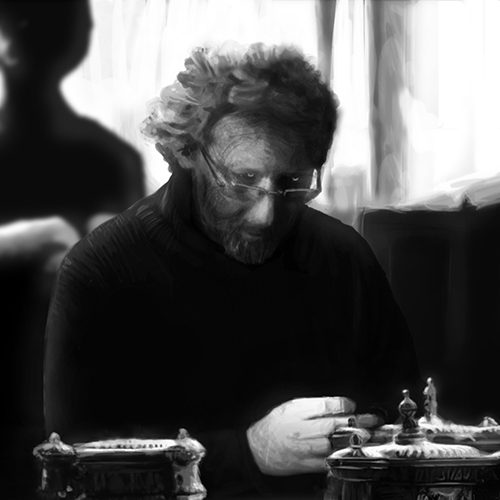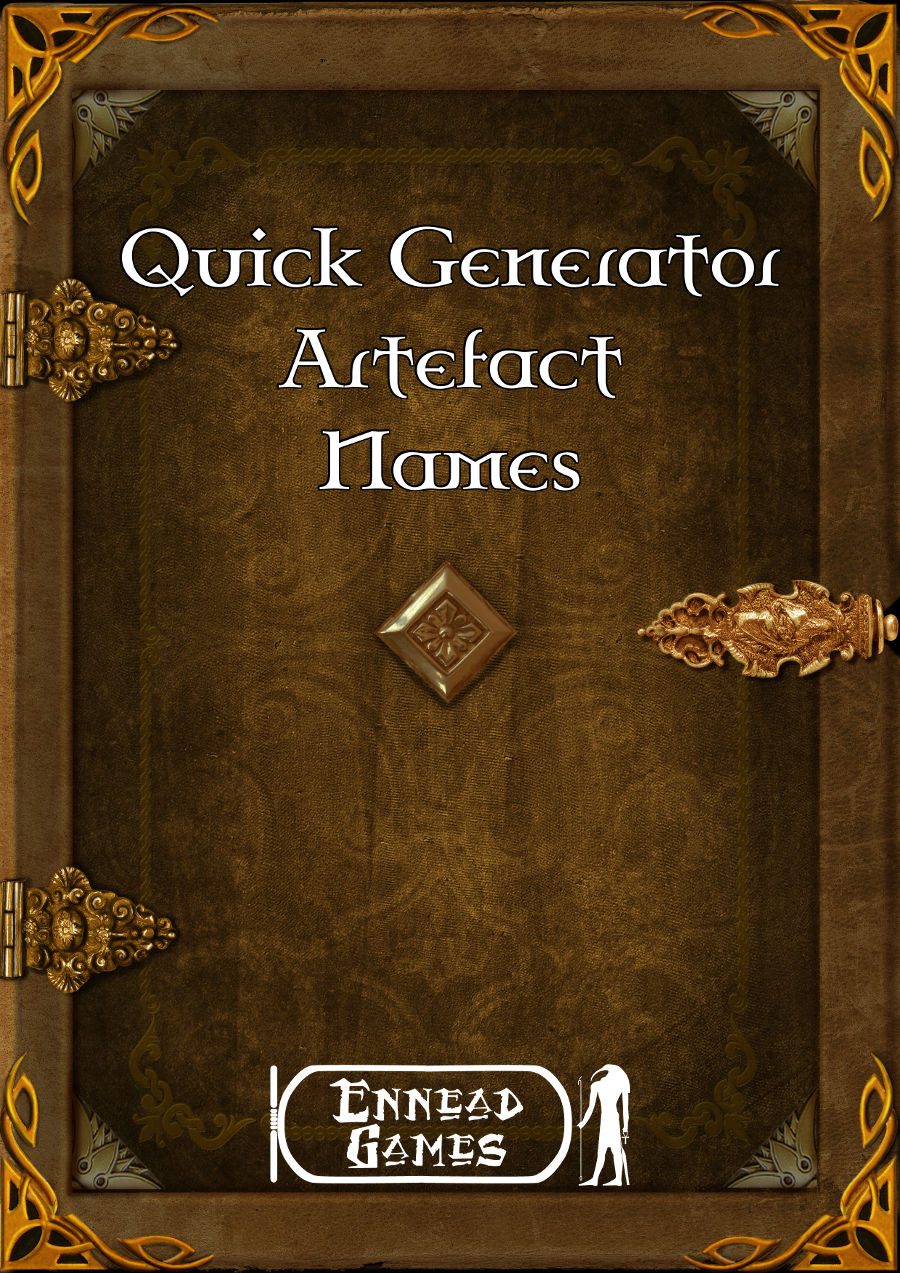
Shadow of Yesterday, Part 2: Action Types
Phil Nicholls blogs at Tales of a GM, where he writes about narrative gaming, faster prep and more story. He is currently running a HeroQuest Glorantha campaign in a home-brew setting. Phil has written for Johnn Four’s Roleplaying Tips newsletter and produced a selection of self-published pdfs.
This essay is taken from the archives at Tales of a GM.
http://talesofagm.com/
In this exploration of Shadow of Yesterday I focus on an interesting breakdown of actions in RPGs. Clinton outlines three ways skills can interact with each other during a contest.
Shadow of Yesterday
Shadow of Yesterday was written by Clinton R Nixon, published by CRN Games in 2005. The introduction describes the game as follows:
This is a fantasy roleplaying game set in a world broken and reborn, a world that you, the players, get to shape.
As with so many RPGs, Shadow of Yesterday is bundled with a setting. For the purposes of this essay, however, we are only interested in the rules. These are likewise outlined in the introduction:
The rules of this game are meant to enable a type of fantasy where things don’t necessarily make common sense, but are always full of style, a bit creepy, a bit comedic, a bit dark and violent, and definitely romantic.
Action Types
At their heart, the mechanics of most RPGs revolve around a conflict between opposing skills. In a narrative game, it is especially important to understand how these skills interact, how intention impacts outcome. To aid this understanding, Shadow of Yesterday establishes three categories of action:
Perpendicular
Parallel
Preventative
Perpendicular
Clinton’s first category is the perpendicular action, the most common situation in RPGs. This is where the actions directly oppose one another, such as in a fight or argument. The two adversaries compete in the same way, and seek broadly similar outcomes.
For example, during an argument in the car, Anna and Billy are using parallel actions. Anna tries to make Billy cry, while Billy just want Anna to drive him home. Even though the intended actions are not identical, the broad intention of winning the argument, through impacting the opponent, make this an example of perpendicular action.
The key feature of a perpendicular action is that it interferes directly with the actions of the adversary. In the example above, Anna and Billy will be shouting over each other, and responding directly to the points raised during the argument. Perpendicular actions are characteristic of a duel, where two sides employ similar methods in direct opposition to one another.
Parallel
Clinton’s second category is the parallel action, where the behaviours do not interfere with one another. This is not to separate the adversaries, or their intentions, but to highlight the independence of the actions they are taking.
For example, let us return to Anna and Billy on their emotional car journey. Billy is still trying to make Anna drive him home. However, Anna is imply ignoring him, and hoping to end the argument by driving quickly to her parents. They are both seeking to win the argument, but their tactics do not interfere with each other. Anna is no longer arguing back, and Billy is not wrestling the steering wheel from Anna. Their actions are parallel.
The outcomes of parallel actions can still interfere with an adversary. Billy is still hoping to force Anna take him home. If Billy succeeds, then Anna will not be visiting her parents. Yet the actions taken during the contest are not interfering with each other. Thus, Billy’s ability to argue has no direct impact on Anna’s driving.
Preventative
Finally, Clinton describes preventative actions, although he calls them defensive. I prefer the term preventative, as a set of three terms all beginning with the same letter have a greater sense of thematic unity.
The essence of the preventative action is that it stops what the opponent is trying to do, but without harming them back. In a sense, this is a combination of the two previous actions. The actions themselves intersect, in the manner of perpendicular actions. Yet, the intentions behind the actions are very different. The attacker is trying to harm the defender, while the defender’s response is simply to stop the attacker’s action. There is no attempt by the defender to injure or otherwise harm the attacker.
In Shadow of Yesterday, the rules restrict preventative actions to innate abilities. However, I think the term can also be applied to learnt abilities too. In a combat, for example, any parry or shield block is clearly a preventative action. Such combat moves are learnt, not inherent.
For example, Anna and Billy are still arguing in the car. Billy is relentlessly trying to bully Anna into driving him home. Anna now switches to preventative action, blocking out Billy’s words by silently reciting poetry. This will have no impact on Billy, so is not a parallel action. If she can focus hard enough, then she will no longer hear what he says, and thus protect herself from his nagging.
Why Actions Matter
These classifications strike me as important because they closely inform the direction of the narrative once the outcome of the exchange is clear. In order to describe the outcomes of a contest, it is necessary to have a clear understanding of what the contestants are trying to achieve. If the GM keeps these classifications in her mind when the exchange is being framed, then the interaction of the actions becomes clearer.
When I run HeroQuest, I often question the Players to clarify their intentions. So often we use shorthand when describing what our characters are attempting. We know what we mean, and often just assume other people do too. By close questioning, I can be sure what the Players intend.
Likewise, I sometimes note the potential outcomes of their declared actions. It is best to be clear with the Player whether they are attempting a parallel action, or a preventative one, before the dice are rolled. Using these categories at the table helps to keep everyone on the same page regarding potential outcomes.
At Your Table
How you use these action categories in your games depends upon the style of game you run. These distinctions are most useful in a narrative game, where the story relies upon the GM describing the consequences of an action. As stated above, a clear description starts with a firm understanding of how the declared actions interact. Adopt these classifications to help you understand what the Players are attempting.
For more gamist systems, the application of these classifications is limited. However, you may want to add some house rules to allow for, say, the purely defensive preventative actions.
Conclusion
In a narrative game, it is crucial to understand just what the Players intend. These action classifications achieve exactly this by dividing actions into perpendicular, parallel and preventative.
Do you categorize the actions in your game? Do we need a fourth category, not covered by the Shadow of Yesterday rules? Share your thoughts with your fellow GMs in the comments below.
Happy Gaming
Phil
For more essays from Phil, and updates about his latest campaign, visit Tales of a GM.
http://talesofagm.com/



